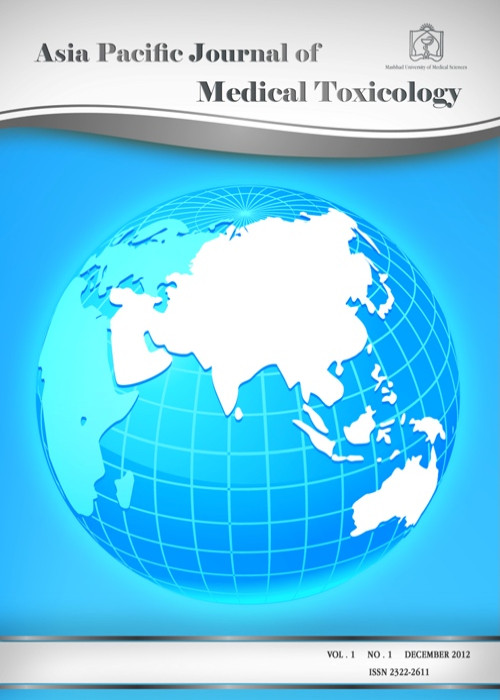Toxicological Screening of Drug Facilated Crime among Travelers in Dhaka, Bangladesh
Author(s):
Abstract:
Introduction
Drug-facilitated robberies, primarily of public transport passengers, are a massively increasing public health emergency and law enforcement challenge in Dhaka, the capital city of Bangladesh.Methods
We conducted a prospective clinical and toxicological study of 38 patients with acute poisoning who had been admitted to Dhaka Medical College Hospital between October 2008 and December 2008 and suspected to be victims of drug-facilitated crimes. Blood samples were obtained on admission and one hour later to identify changing concentrations of the drugs used by the perpetrators. Toxicological screening was performed by LC-TOF/MS and LC-MS/MS analysis of the blood samples of 22 of these patients.Results
All of the patients in our series were male, 17-60 years of age, and none had any memory of the time between the ingestion of the drug and the onset of unconsciousness. All had lost the valuables they had been carrying at the time of the incident. On admission, 50% of the patients had a Glasgow Coma Score (GCS) of 5-10. Most of them were poisoned while travelling (79%), most frequently by bus (70%). They had been offered tea (21%), other drinks (26%), prickles (18%), herbal medicines (10%) or cigarettes (5%) by the suspected perpetrators. Screening by LC-TOF/MS and LC-MS/MS revealed pharmacologically active concentrations of lorazepam in the blood samples of all 22 cases (191±138 µg/l, mean±SD); midazolam in 12 (149±99 µg/l); diazepam in 3 (217±144 µg/l) and nordiazepam in 6 cases (364±186 µg/l). In five cases the lorazepam concentration of the second blood sample was at least 15% higher than in the sample drawn on admission one hour earlier, indicating continuing absorption. This suggests that only these five patients had been admitted within the 1-2 hour long absorption phase. Almost all of the patients left the hospital unnoticed after clearing up, two likely prematurely within 12 hours of admission, and no mortality was observed.Conclusions
This study reveals flexibility of the criminals in Dhaka in using different mixtures of benzodiazepines to incapacitate and then rob their victims.The findings of our study have important implications for the clinical management of drug-facilitated crime victims. In particular, they highlight an urgent need to widely deploy rapid diagnostic and analytical forensic and clinical toxicology facilities in Bangladesh, introduce and implement modifications to emergency department protocols, and provide post-recovery psychological support for victims who often suffer existentially threatening economic losses in addition to the poisoning. Keywords:
Language:
English
Published:
Asia Pacific Journal of Medical Toxicology, Volume:6 Issue: 2, Spring 2017
Pages:
47 to 49
magiran.com/p1721047
دانلود و مطالعه متن این مقاله با یکی از روشهای زیر امکان پذیر است:
اشتراک شخصی
با عضویت و پرداخت آنلاین حق اشتراک یکساله به مبلغ 1,390,000ريال میتوانید 70 عنوان مطلب دانلود کنید!
اشتراک سازمانی
به کتابخانه دانشگاه یا محل کار خود پیشنهاد کنید تا اشتراک سازمانی این پایگاه را برای دسترسی نامحدود همه کاربران به متن مطالب تهیه نمایند!
توجه!
- حق عضویت دریافتی صرف حمایت از نشریات عضو و نگهداری، تکمیل و توسعه مگیران میشود.
- پرداخت حق اشتراک و دانلود مقالات اجازه بازنشر آن در سایر رسانههای چاپی و دیجیتال را به کاربر نمیدهد.
In order to view content subscription is required
Personal subscription
Subscribe magiran.com for 70 € euros via PayPal and download 70 articles during a year.
Organization subscription
Please contact us to subscribe your university or library for unlimited access!


